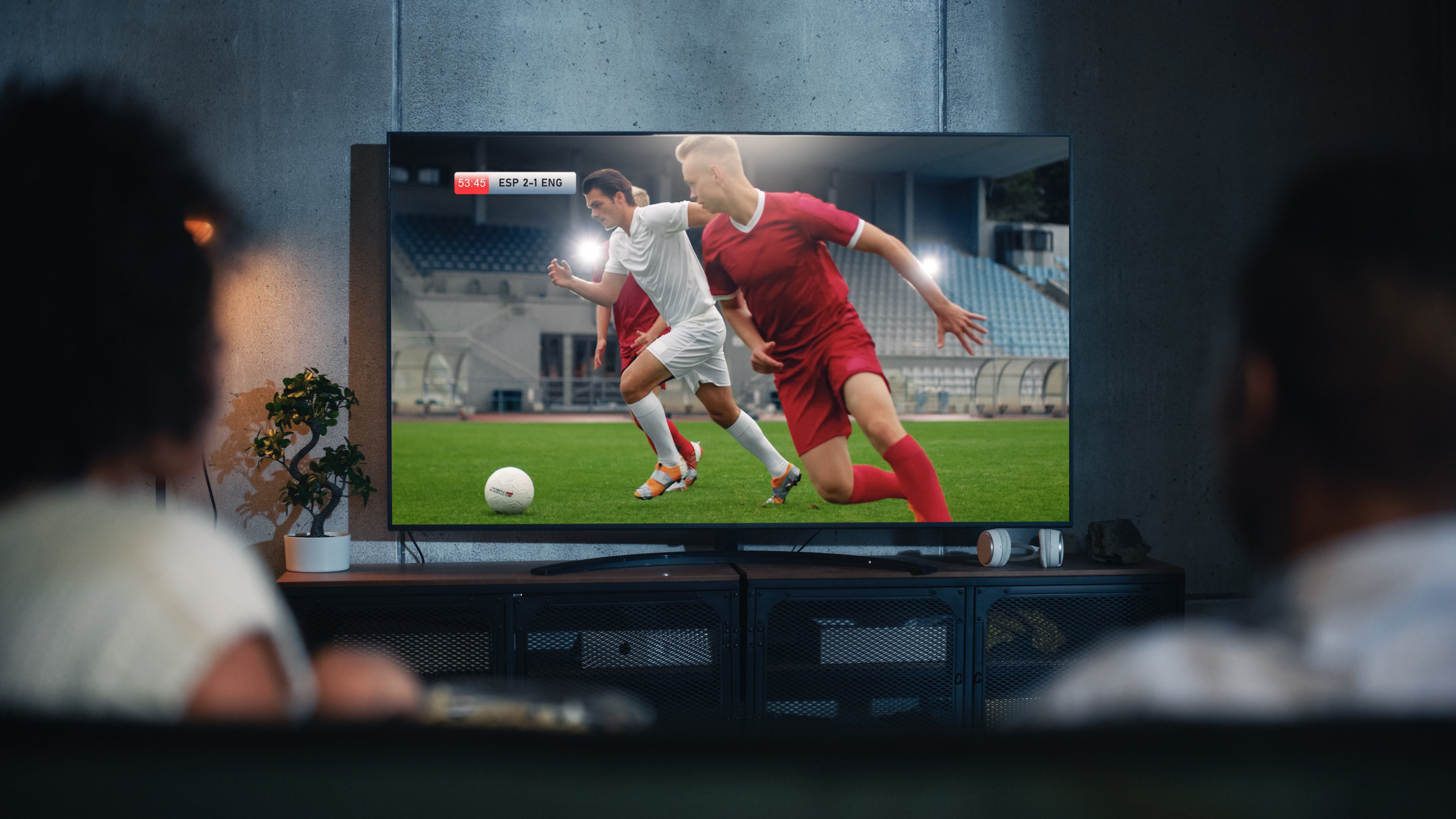Every day, Wall Street analysts upgrade some stocks, downgrade others, and "initiate coverage" on a few more. But do these analysts even know what they're talking about? Today, we're taking one high-profile Wall Street pick and putting it under the microscope...
Investors in streaming entertainment provider Netflix (NFLX +1.18%) enjoyed a fantastic year in 2017. Over the past 12 months, Netflix shares have surged 62% in value -- nearly three times the percentage gains of the S&P 500 -- and according to one analyst, Netflix stock isn't done growing yet.
This morning, British banker Barclays Capital announced it is initiating coverage of Netflix with an overweight rating and a $245 price target. With Netflix shares currently trading for $212 and change, this implies 15% upside to the stock over the next 12 months. But is Barclays right about Netflix?
Here are three things you need to know.

Image source: Netflix.
1. The Netflix effect
Barclays' argument in favor of buying Netflix hinges on several factors, each laid out in a StreetInsider.com (requires subscription) report on Barclays' endorsement this morning. Among these are the belief that the company has grown far beyond its origins in the U.S. alone, and now has a large international "addressable market" to exploit (allowing years of growth ahead of it), capable management, and "longer-term operating leverage" in its business.
Two factors that may deserve further examination, though, are Barclay's argument that Netflix enjoys a "virtuous cycle of content/distribution scale and consumer inertia" and "consequent pricing power."
Hardly a week goes by without Netflix introducing a new movie release or original series, or announcing that something of the sort is just around the corner. As subscribers' entertainment queues increase in length, consumers may refrain from canceling their Netflix for just one more month, until they've had a chance to watch the shows they've placed in queue. The more months Netflix can keep this game going -- the longer a customer postpones cancellation in order to watch just one more show -- the more Barclays' described "inertia" builds, and the lower customer churn rates Netflix suffers.
Not incidentally, this effect also works to keep customers subscribed to Netflix even when the company announces a price increase (as Netflix did in October -- just ahead of the release of season two of Stranger Things).
2. Calculating costs
Of course, creating all this new content comes at a cost. Netflix's content costs (its cost of goods sold) have nearly doubled over the past three years, from $3.75 billion in 2014 to $7.2 billion spent over the past 12 months, according to data from S&P Global Market Intelligence.
These rising costs haven't prevented Netflix from reporting profits. The company says it earned net income of $440 million over the past year. But they have prevented Netflix from generating any free cash flow from its business, and indeed, increased the rate of cash burn. In 2014, Netflix reported free cash flow of negative $53 million (negative $128 million including the costs of buying discs for its legacy DVD business). The past 12 months, however, have seen Netflix burn through $2.1 billion in negative FCF.
3. Putting costs in perspective
Not that that matters to Barclays. According to the analyst, it's not costs per se that matter so much to Netflix. Instead, the relationship between the rate at which costs grow to how fast subscribers grow is what's important. As explained in a write-up on the analyst's report from TheFly.com, Barclays believes that "if subscriber growth is faster than content cost growth over time, Netflix could become one of the most successful media companies."
In that regard, data from Statista.com shows that from the end of 2014 through Q3 2017, Netflix's total subscriber count grew from 57.4 million to 109.3 million -- 90.4% total growth, versus 92% growth in content costs.
What it means for investors
I have to say that I, personally, was a bit surprised after calculating these results. While the numbers are certainly close, the plain fact of the matter is that Netflix is in fact not growing its subscribers quite as fast as it is growing its costs -- and it's definitely not growing subscribers faster than costs.
Meanwhile, it's still hard to make a valuation-based argument in favor of buying the stock. At 212 times trailing earnings, Netflix stock is undeniably expensive. If the only argument in favor of buying it despite its valuation is the one Barclays proposes -- subscribers growing faster than costs -- and if that argument is invalid, then it seems to me there's little reason left to want to own Netflix stock.






